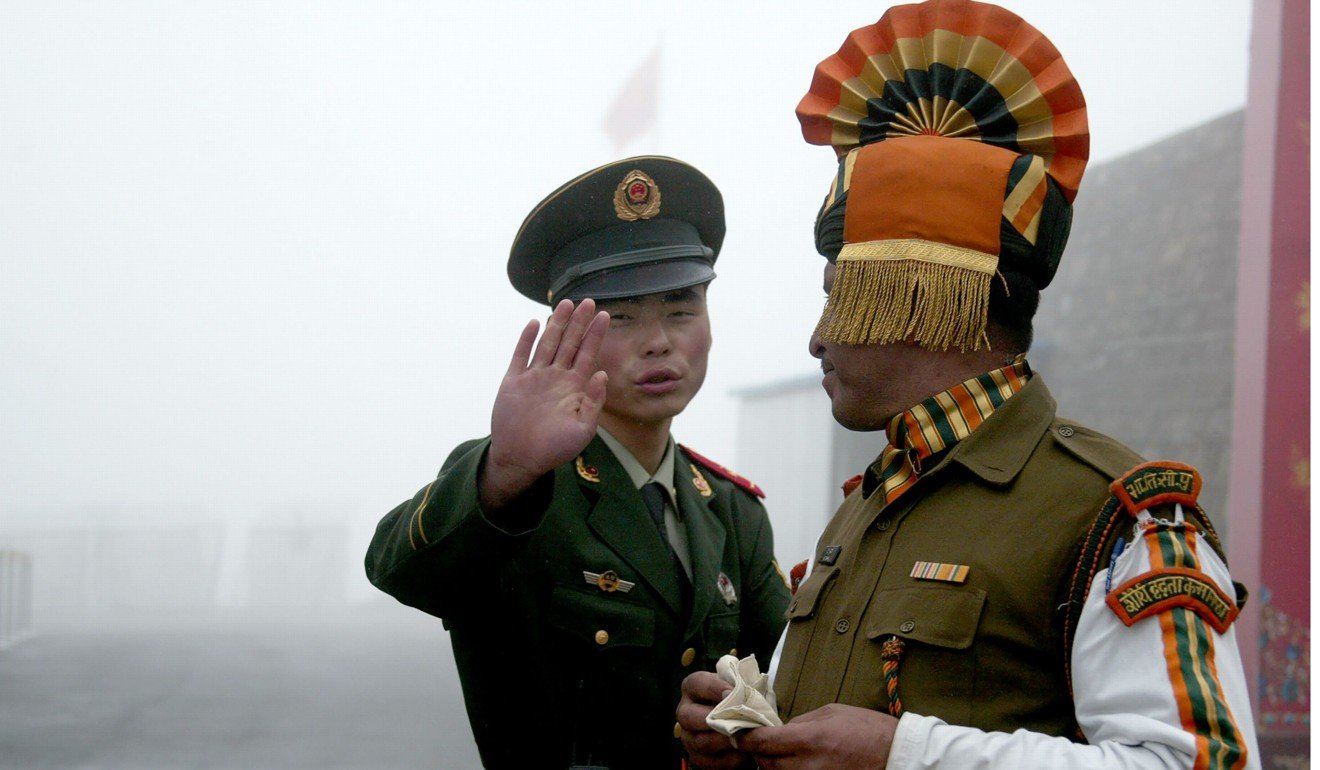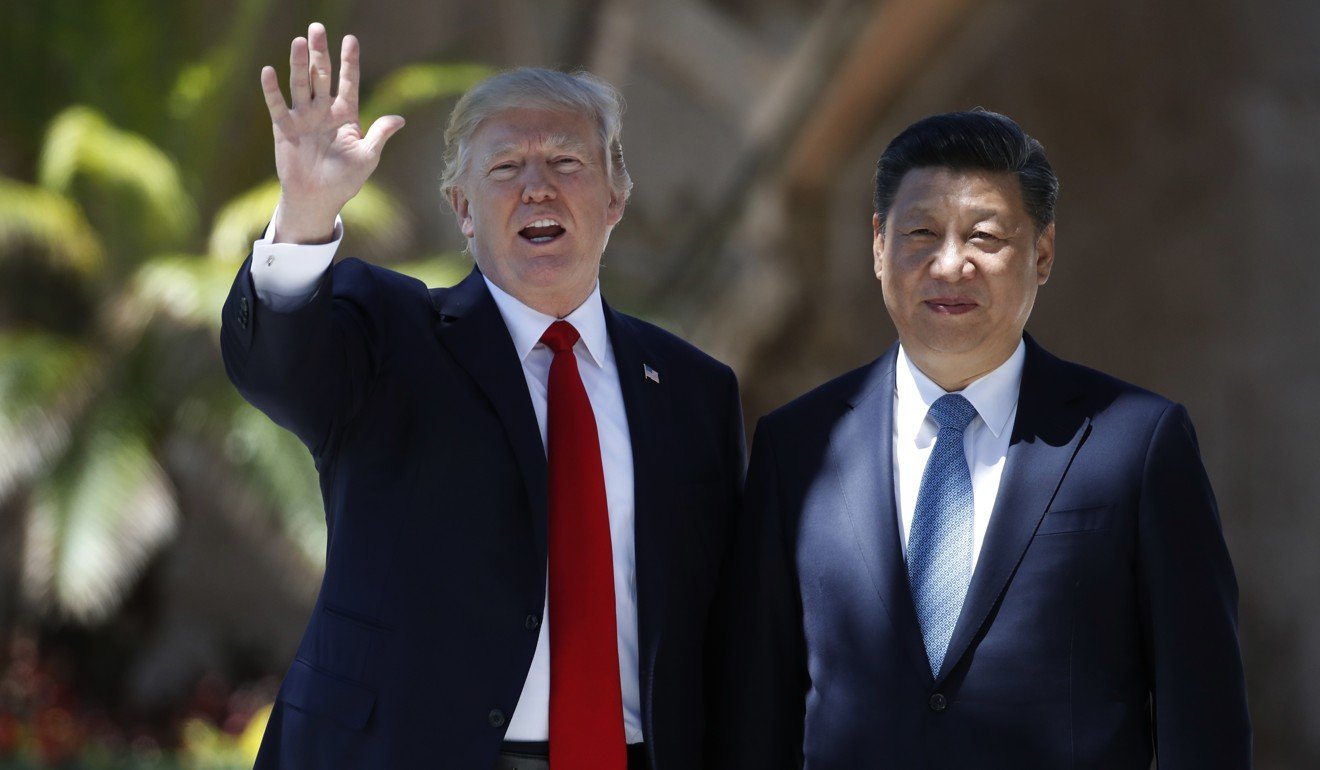
US to help India balance China’s power under Donald Trump’s new Asia strategy, ex-CIA official reveals
The new policy, which would seek to push India deeper into East Asia and the Pacific region, is expected to be unveiled during the US president’s Asian visit

When US President Donald Trump visits Asia next month, the US will unveil a new policy for the region that includes a goal to arm and push India deeper into East Asia and the Pacific region to act as a balancing power against China, a former CIA staff member has told the South China Morning Post.
As part of the move, which Beijing could perceive as a strategy to contain it, the US will offer advanced American fighter planes to India and an emerging Washington-Delhi strategic partnership, Dennis Wilder, a former chief of China studies in the CIA and senior East Asia director at the National Security Council, said in an interview.
The Trump administration wants to pull India, a South Asian country, more closely into East Asia and the Pacific, Wilder said, adding that the concept of “a free and open Indo-Pacific region” would be the new catchphrase for US policy in Asia.
“This idea has been kicking around between the US, Japan, Australia and India for a while,” said Wilder, now a professor of Asian studies at Georgetown University in Washington.

The plan was first disclosed in late September when the White House announced Trump’s Asian visit, saying the president would “discuss the importance of a free and open Indo-Pacific region to America’s prosperity and security”.
The Trump administration believes “there is strategic and economic value in that [policy],” Wilder said. “It seems to be some sort of response to [China’s grand infrastructure plan,] the Belt and Road Initiative, and [US State Secretary] Rex Tillerson made it clear that in some way we need to be in the game.”
In a speech on US-India relations at the Centre for Security and International Studies in Washington last week, Tillerson said the administration is determined to “dramatically” deepen relations between the two parties.
He said: “We need to collaborate with India to ensure that the Indo-Pacific is increasingly a place of peace, stability, and growing prosperity – so that it does not become a region of disorder, conflict and predatory economics.”
“The emerging Delhi-Washington strategic partnership,” Tillerson continued, “stands upon a shared commitment upholding the rule of law, freedom of navigation, universal values and free trade.

“China, while rising alongside India, has done so less responsibly, at times undermining the international, rules-based order even as countries like India operate within a framework that protects other nations’ sovereignty,” the state secretary said.
After Tillerson met Indian Foreign Minister Jawaharlal Nehru Bhawan on Wednesday, he said the US was “willing and able to provide India advanced technologies for its military modernisation efforts”.
The US’s overture to India included “ambitious offers from American industry for F-16 and F-18 fighter planes,” he said.
The US defence industry has been ready to make a deal with the South Asian country. US combat aircraft maker Lockheed Martin said in June it would make its F-16 aircraft in India, if the Indian government granted a contract to supply fighter jets to the country’s air force.
“I would hope China would not just see this as a containment strategy,” Wilder said. “And I don’t think that’s what it is. But if I was China, I would ask the Trump administration” for clarification.
Trump will present the new US vision for Asia in a speech he is expected to deliver on November 10 at the Asia-Pacific Economic Cooperation (Apec) forum for 21 Pacific Rim member economies that promote free trade throughout the Asia-Pacific region.

India’s request to join Apec has been supported initially by the US, Japan, Australia and Papua New Guinea. India does not border the Pacific Ocean, as do all current Apec members. The US has not yet formally endorsed India’s APEC membership request.
The Trump administration’s proposal to integrate India within the East could tip the power balance in the region. The plan fits with Indian Prime Minister Narendra Modi’s call for India to have greater engagement with Southeast and East Asian countries, an entreaty known as the “Act East” policy.
But the practice could cause more stress between India and China.
Two months ago, China and India called off a 70-day military face-off along an unmarked border in Doklam – which is known as Donglang in China – amid growing fears of armed conflict between the two nuclear armed neighbours.
It’s unclear how China will respond to Trump’s “Indo-Pacific” plan when the US president meets his Chinese counterpart Xi Jinping in Beijing on the third stop of his Asian trip.
Lee Hsien Loong, Singapore’s prime minister, endorsed the idea of “greater integration of India into the region”.
Lee told a Council on Foreign Relations event this week in Washington that “we wanted India to be an active and constructive participant, bringing some extra balance [of power] to the overall picture [in the region]”.
“The question is, what exactly will the Indian government do? Where is their priority focus?” he said. “To what extent are they able to re-orient themselves from the subcontinent externally towards the region and open up and use trade as an instrument of policy?”